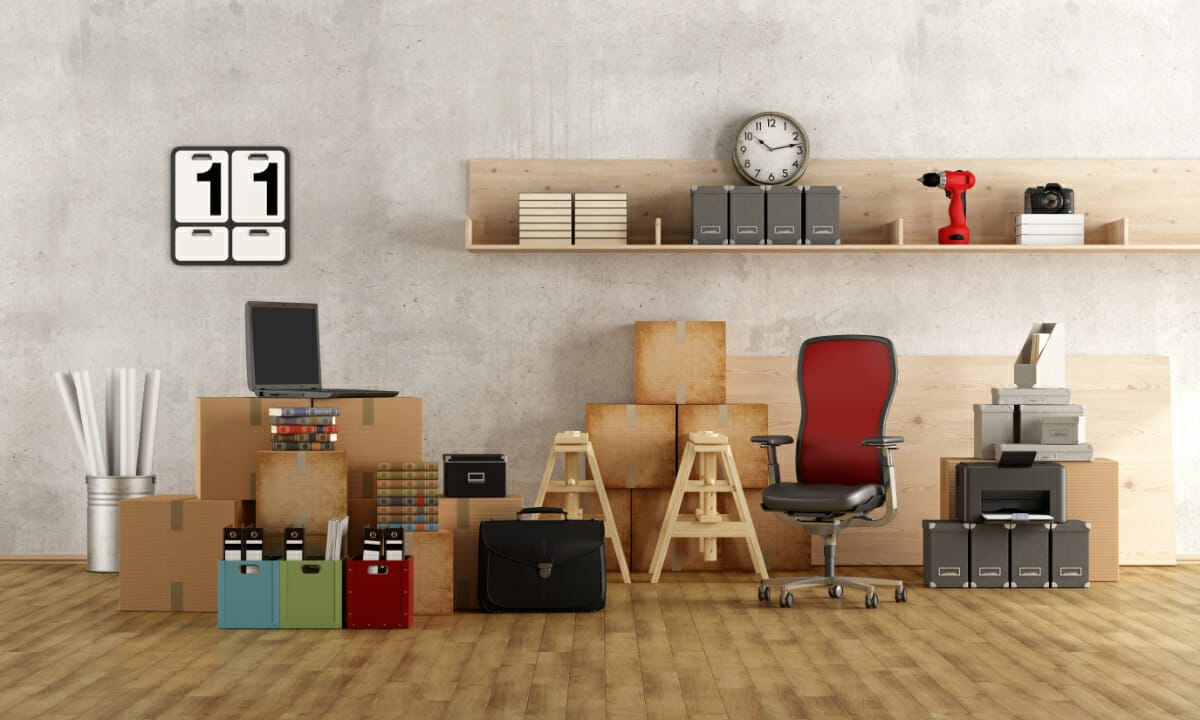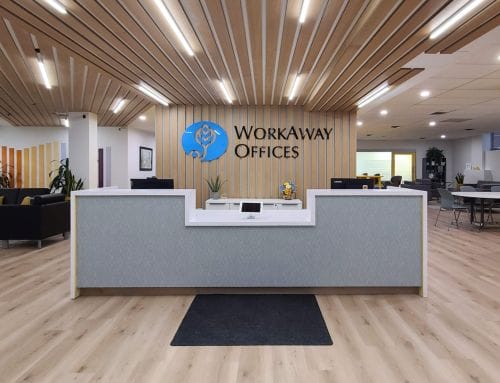When it comes to moving your office, there are a lot of things to take into account. From the actual move itself to packing up your belongings and getting everything set up in your new space, there are a lot of steps involved in making the process as smooth as possible. And don’t forget that moving your office can be a pretty expensive undertaking – so you’ll want to make sure you’re well-prepared for it! In this article, we’ll outline everything you need to know before moving your office. Read on for tips on how to plan the move, what supplies you’ll need, and how to save money on the whole process.
The Benefits of Planning ahead for your move
When you’re planning a move, the more you can plan ahead, the smoother the move will go. Not only will you be able to save money by doing things yourself, but you’ll also avoid the stress and hassle of having to do everything last minute. Here are some of the benefits of planning ahead for your move:
-You’ll have more time to pack everything up properly, which will help prevent any damage to your belongings.
-You’ll know exactly what you need to do and when, which will help reduce the amount of stress associated with moving.
-You’ll be able to budget for your move more effectively, and you’ll know exactly what costs to expect.
-If you’re moving a long distance, you will have more time to prepare yourself for the ride. For example, pack some snacks or books to read on the way!
A Step-by-Step Guide To Moving your Office
1. Find a new location for your office. If possible, find somewhere familiar so that you can recognize some of the areas nearby. Knowing what roads and routes to expect will help eliminate the amount of stress, and you’ll know exactly how long it should take.
2. Begin packing up all your things. This includes anything from office equipment to paperclips, including furniture and decorations. Try labeling boxes with their contents to make unpacking that much easier when it comes time for that! If there are particularly heavy items, it might be a good idea to get some help with them.
3. Once you’ve packed everything up, begin transporting the boxes to your new office. If you’re moving far away, then this can take some time depending on how big the move is. Keep in mind that packing and unpacking will take some time too, so budget for that.
4. Unpack everything and set up your office at the new location. By now it should be pretty late, but you’ll have achieved a huge milestone in the move! Even though the dust hasn’t settled yet, you can finally start enjoying your new space. Make sure that everything is put back where it belongs, and enjoy the fruits of your labor!
5. Even though your office is packed up, there are still a few things you can do to ensure that everything goes smoothly for when you actually have to work again. For example, test out all computers and devices at their new location before reusing them. This way you’ll know exactly what issues to expect, and you can make any necessary preparations beforehand.
It’s important to keep in mind that moving your office is a major undertaking, but if planned properly it doesn’t have to be stressful! Whether you’re thinking of downsizing or going with a bigger office space, try to plan ahead for a smoother move. How do you plan on preparing for your office move?
The takeaway
It is important to plan ahead when moving your office. This will help you with the planning process, including how long it should take and what costs are involved. When packing up for a move, make sure to pack everything properly so that there is less risk of damage or loss during transport. You can also budget more effectively by knowing in advance what all cost associated with the relocation may be before they happen! Finally, remember these few things about unpacking too: test out any computers at their new location before using them again (to avoid issues), label boxes according to contents (so you know exactly where each box goes), and unpack everything once set-up at the new place—even though this might be late at night after a full day’s work!
When it comes to moving your office, there are a lot of things to take into account. From the actual move itself to packing up your belongings and getting everything set up in your new space, there are a lot of steps involved in making the process as smooth as possible. And don’t forget that moving your office can be a pretty expensive undertaking – so you’ll want to make sure you’re well-prepared for it! In this article, we’ll outline everything you need to know before moving your office. Read on for tips on how to plan the move, what supplies you’ll need, and how to save money on the whole process.
The Benefits of Planning ahead for your move
When you’re planning a move, the more you can plan ahead, the smoother the move will go. Not only will you be able to save money by doing things yourself, but you’ll also avoid the stress and hassle of having to do everything last minute. Here are some of the benefits of planning ahead for your move:
-You’ll have more time to pack everything up properly, which will help prevent any damage to your belongings.
-You’ll know exactly what you need to do and when, which will help reduce the amount of stress associated with moving.
-You’ll be able to budget for your move more effectively, and you’ll know exactly what costs to expect.
-If you’re moving a long distance, you will have more time to prepare yourself for the ride. For example, pack some snacks or books to read on the way!
A Step-by-Step Guide To Moving your Office
1. Find a new location for your office. If possible, find somewhere familiar so that you can recognize some of the areas nearby. Knowing what roads and routes to expect will help eliminate the amount of stress, and you’ll know exactly how long it should take.
2. Begin packing up all your things. This includes anything from office equipment to paperclips, including furniture and decorations. Try labeling boxes with their contents to make unpacking that much easier when it comes time for that! If there are particularly heavy items, it might be a good idea to get some help with them.
3. Once you’ve packed everything up, begin transporting the boxes to your new office. If you’re moving far away, then this can take some time depending on how big the move is. Keep in mind that packing and unpacking will take some time too, so budget for that.
4. Unpack everything and set up your office at the new location. By now it should be pretty late, but you’ll have achieved a huge milestone in the move! Even though the dust hasn’t settled yet, you can finally start enjoying your new space. Make sure that everything is put back where it belongs, and enjoy the fruits of your labor!
5. Even though your office is packed up, there are still a few things you can do to ensure that everything goes smoothly for when you actually have to work again. For example, test out all computers and devices at their new location before reusing them. This way you’ll know exactly what issues to expect, and you can make any necessary preparations beforehand.
It’s important to keep in mind that moving your office is a major undertaking, but if planned properly it doesn’t have to be stressful! Whether you’re thinking of downsizing or going with a bigger office space, try to plan ahead for a smoother move. How do you plan on preparing for your office move?
The takeaway
It is important to plan ahead when moving your office. This will help you with the planning process, including how long it should take and what costs are involved. When packing up for a move, make sure to pack everything properly so that there is less risk of damage or loss during transport. You can also budget more effectively by knowing in advance what all cost associated with the relocation may be before they happen! Finally, remember these few things about unpacking too: test out any computers at their new location before using them again (to avoid issues), label boxes according to contents (so you know exactly where each box goes), and unpack everything once set-up at the new place—even though this might be late at night after a full day’s work!



